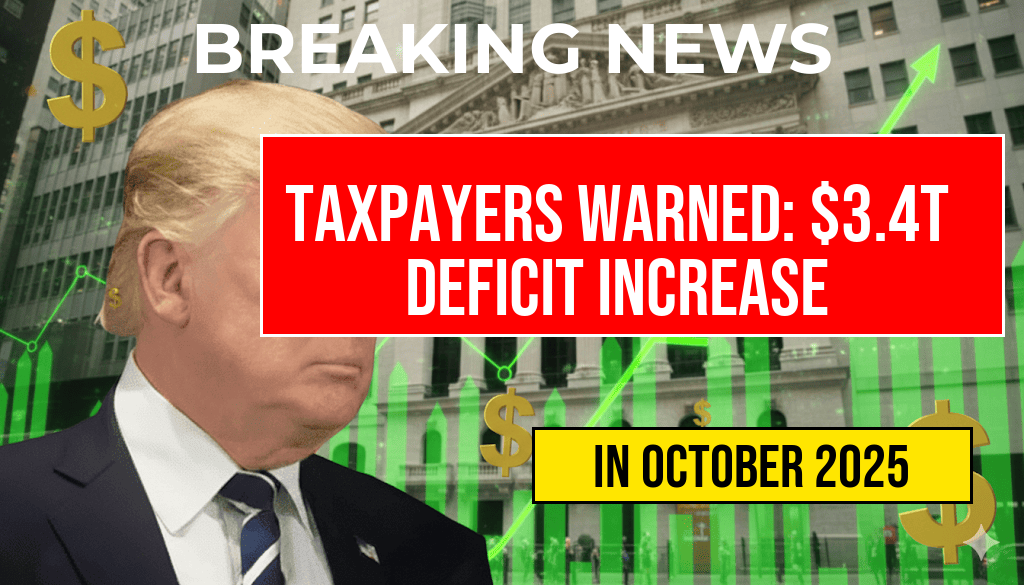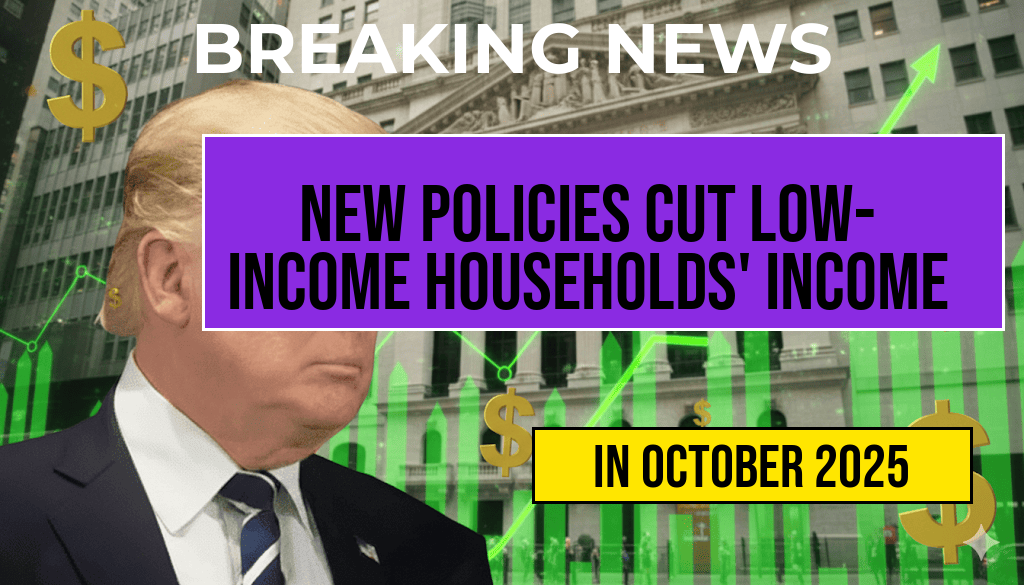The American middle class is facing significant financial challenges, with new policies projected to reduce average household income by approximately $1,300 by the year 2027. This forecast comes amidst rising inflation, increasing living costs, and potential tax reforms that could affect disposable income. The implications of these changes could be profound, affecting spending power, savings rates, and overall economic stability for millions of families across the nation. Analysts are urging policymakers to consider the long-term impact of such measures, particularly on the demographic that forms the backbone of the American economy.
Economic Landscape and Middle-Class Struggles
Recent reports highlight a concerning trend for the middle class, who have traditionally been seen as the driving force of the U.S. economy. As inflation continues to rise, compounded by supply chain disruptions and geopolitical tensions, many families are feeling the squeeze. The current inflation rate has reached levels not seen in decades, making essential goods and services increasingly unaffordable.
Projected Income Declines
The anticipated reduction in average household income is attributed to several factors:
- Tax Policy Changes: Proposed revisions in tax legislation could lead to higher effective tax rates for middle-income earners.
- Healthcare Costs: Rising healthcare expenses are expected to consume a larger share of household budgets, further squeezing disposable income.
- Wage Stagnation: Despite ongoing inflation, wage growth has not kept pace, leading to a decline in real income.
Impact on Lifestyle and Spending
The reduction in disposable income is likely to have ripple effects across various sectors. Households may need to adjust their spending habits, prioritizing essential items over discretionary expenses. This shift could lead to:
- A decline in consumer spending, which accounts for a significant portion of the U.S. economy.
- Increased reliance on credit and loans, potentially leading to higher debt levels among middle-class families.
- Changes in saving behavior, as families may need to dip into savings to cover basic costs.
Long-Term Economic Consequences
The reduction in average income for the middle class could have broader implications for the U.S. economy. A stagnant middle class often results in diminished economic mobility and increased income inequality. As noted by the Economic Policy Institute, these trends can lead to reduced investment in education and lower overall productivity.
Potential Solutions and Recommendations
To address these looming challenges, experts recommend a multi-faceted approach that includes:
- Tax Relief: Implementing tax credits or deductions specifically targeted at middle-class families to alleviate financial pressure.
- Healthcare Reform: Seeking ways to control rising healthcare costs, potentially through public options or price regulation.
- Support for Wages: Encouraging policies that promote wage growth in line with inflation, such as increasing the federal minimum wage.
Conclusion
The outlook for the middle class remains uncertain as new policies are introduced. With average incomes projected to decline, it is essential for both policymakers and financial experts to collaborate on strategies that will not only protect this vital segment of the population but also ensure the long-term health of the American economy. The future financial stability of millions hangs in the balance as these discussions unfold.
| Year | Average Income | Projected Change |
|---|---|---|
| 2023 | $70,000 | N/A |
| 2025 | $68,500 | – $1,500 |
| 2027 | $68,700 | – $1,300 |
Frequently Asked Questions
What are the main factors contributing to the reduction in average income for the middle class?
The article highlights several new policies that could negatively impact the middle class, contributing to a projected income reduction of $1,300 by 2027. These factors include changes in taxation, reduced access to social services, and rising costs of living.
How will these policies specifically affect the middle class?
The proposed policies may lead to increased financial strain on the middle class by lowering disposable income and limiting opportunities for economic advancement, resulting in a more challenging financial environment.
What is the timeline for the expected income decrease?
The article indicates that the average income reduction of $1,300 is projected to occur by the year 2027, suggesting that individuals and families should prepare for these changes in advance.
Are there any potential solutions to mitigate the income loss?
While the article focuses on the challenges posed by the new policies, it suggests that advocacy for policy reforms and community initiatives may help alleviate some of the financial burdens faced by the middle class.
Who is most at risk from these economic changes?
The middle class is primarily at risk, especially those who rely heavily on stable incomes and social services. Families with fixed incomes or those employed in sectors vulnerable to policy changes may face the greatest challenges.










